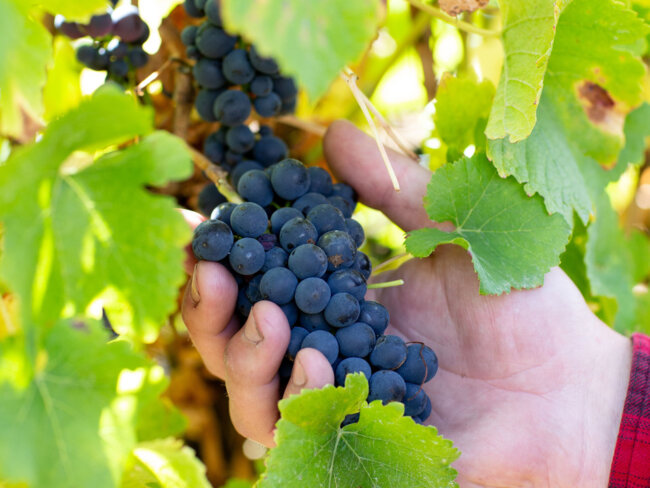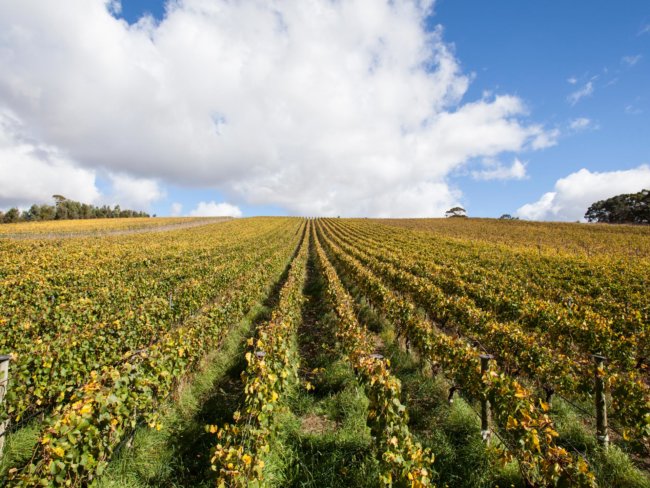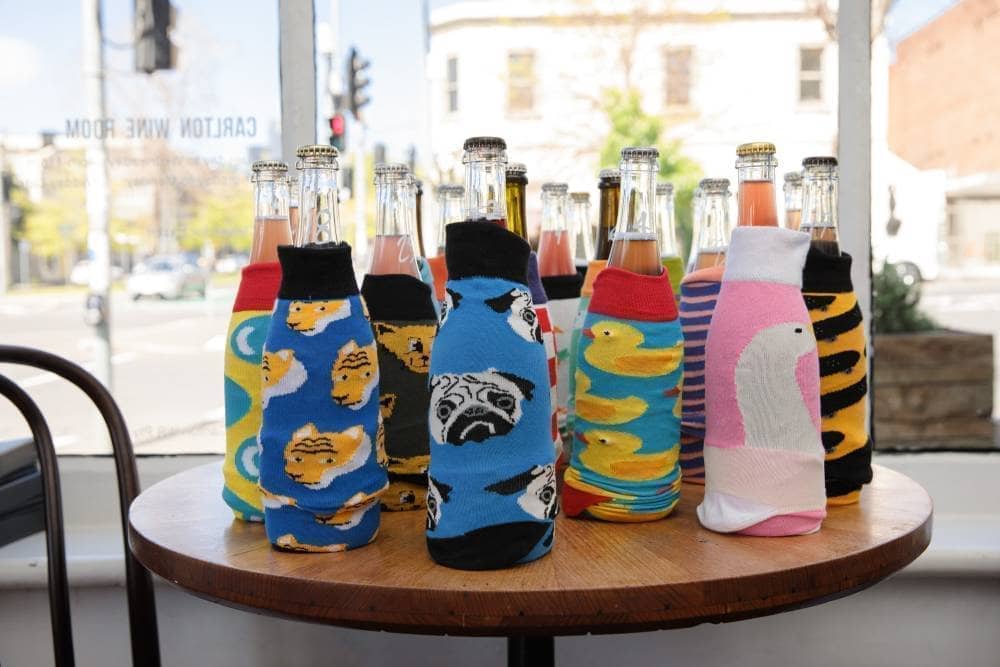Ashton Hills, Adelaide Hills
Founded in 1982 by Stephen George, Ashton Hills is a beacon of viticultural excellence nestled within the officially recognized Piccadilly Valley subregion of the Adelaide Hills. Under the stewardship of Wirra Wirra Vineyards, with the viticultural expertise of Anton Groffen and vineyard management by Jose Neves, Ashton Hills passionately focuses on a meticulously curated selection of pinot noir clones. This 3-hectare estate, lauded for its high-altitude positioning, crafts wines that embody the essence of the Piccadilly Valley’s cool climate. The offerings, including Ashton Hills Reserve, Ashton Hills Estate, and Ashton Hills Riesling, are distinguished by their precision, elegance, and a vivid expression of terroir. Ashton Hills underscores its significance through a relentless pursuit of clonal perfection, a minimal intervention philosophy, and a deep respect for the unique cool climate conditions of its subregion, solidifying its place as a cornerstone of Australian cool climate viticulture.







